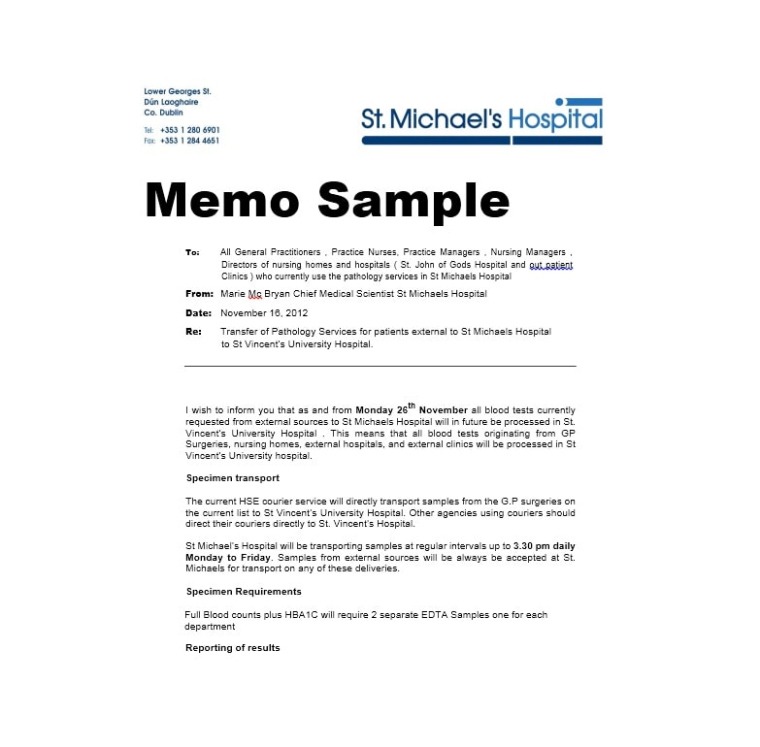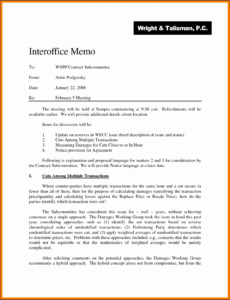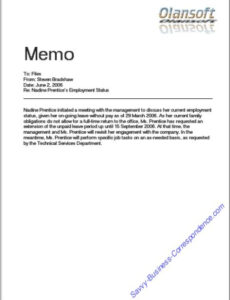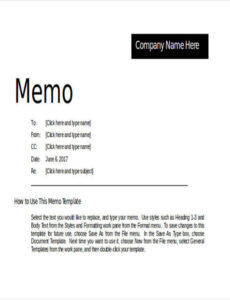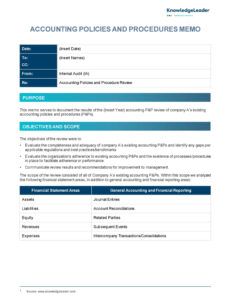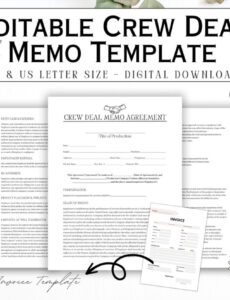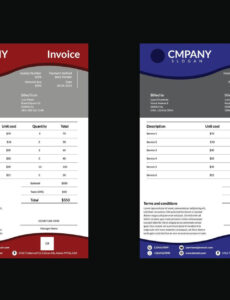Out of office memo template -Want to deliver a quick message to your team, your supervisor, or even just a colleague across the office? Forget the lengthy back-and-forth emails and get straight to business with a memo! Memos, short for memorandums, are great for in-office correspondence. They’re time-saving, focused, and make sure your point is understood. And the best part? You can skip creating a layout yourself. A free memo template helps you work faster and ensure your communication looks professional.
In today’s hectic professional world, concise and meaningful interaction is more important than ever. Memos offer a standardized channel to share details, relay current status, make announcements, or ask for input. Whether you’re outlining a new policy, announcing a team meeting, or providing feedback on a project, a thoughtful message can have a big impact.
Using a well-structured memo template can significantly improve the clarity and impact of your messages. It supports you in delivering details in a concise and easy-to-understand format, ensuring that your readers quickly understand the core message. Plus, a well-presented communication boosts your credibility. So, get further into memo design strategies and discover their transformative power in your work culture.
Be honest: no one likes to tinker with layouts for hours when they could be concentrating on the message itself. That’s where a memo layout becomes useful. It provides a ready-made format that you can simply fill in with your specific information. This saves you valuable time and effort, so you can focus on what matters, rather than adjusting document settings.
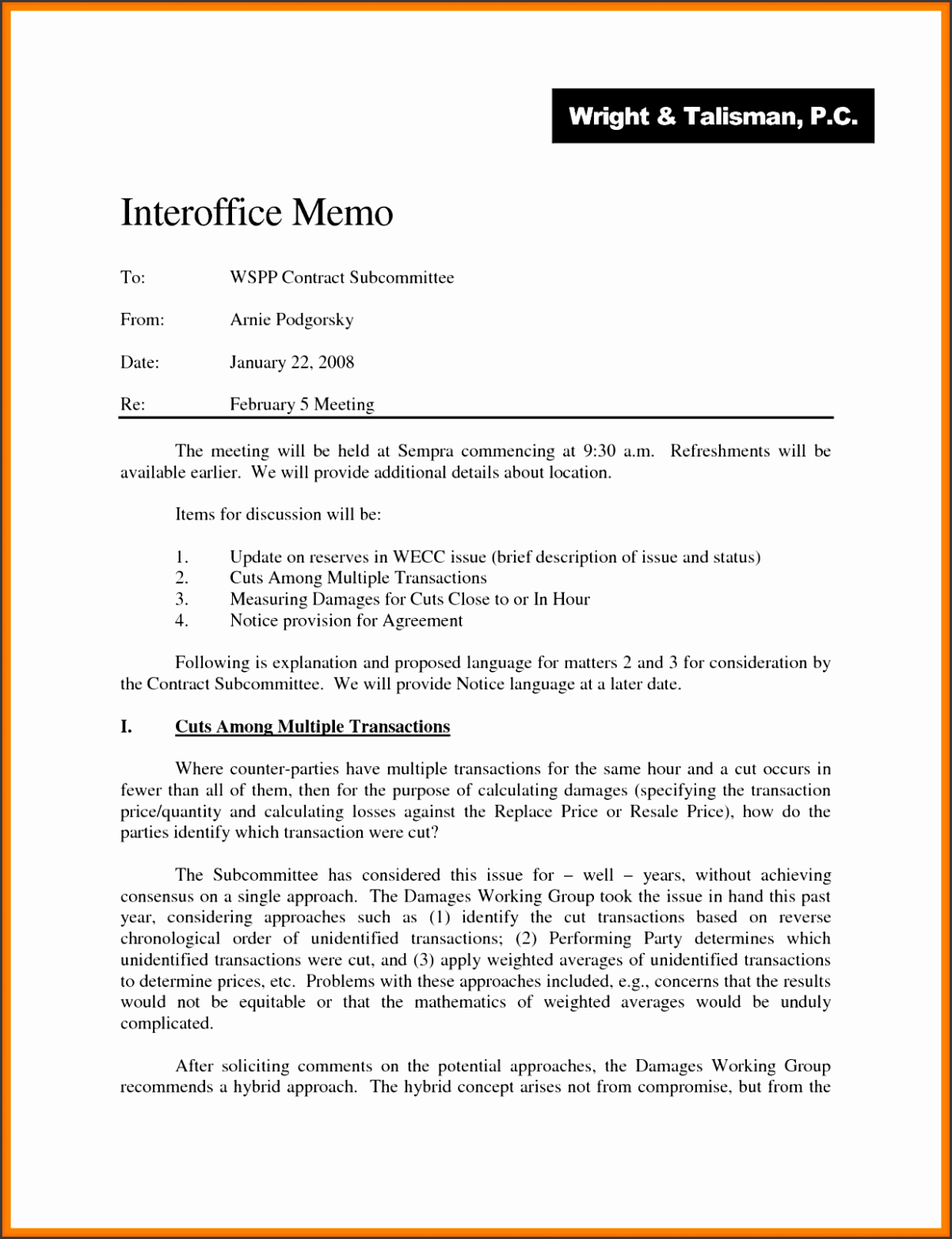
A further plus is the avoidance of missing details. A thoughtfully created layout features important placeholders, ensuring important items are not forgotten such as the date, subject, and relevant contact information. This minimizes the risk of forgetting important information, which can lead to misunderstandings or delays.
One more perk of using a memo template is that it helps prevent oversights and mistakes. The set format acts like a built-in guide, reminding you to include important details like the timestamp, headline, and necessary contacts. By using a template, you can lower the risk of missing critical points, which can help avoid confusion and keep communication accurate.
Beyond the practical benefits, a memo template can also support team members with less writing experience. The memo layout gives a roadmap that makes it easier to arrange and express their ideas. This can boost their confidence and motivate clearer interactions.
It all begins with the memo heading. This includes writing “Memo” or “Memorandum” prominently, followed by the receiver, sender, date, and subject fields. Ensuring accuracy in these fields is crucial for proper routing and understanding. The “To” line should specify the recipient(s), while the “From” line indicates the sender. The “Date” marks when the memo was created, and the “Subject” concisely summarizes the memo’s purpose. Think of it as the compass guiding your reader.
There’s no shortage of online memo tools, and choosing a dependable layout may feel daunting. However, with a bit of direction, you can easily discover fantastic options that fit your purpose. Try looking where you already work. Many of the same programs used for writing also include built-in templates for memos. This is helpful if you already use such software and are familiar with the interface.
The conclusion should summarize the main points and outline any necessary actions. Spell out expected follow-up actions, if there are any. Mention a due date if needed. A strong conclusion prevents uncertainty and brings clarity. In addition, consider adding attachments or references if necessary. List them obviously at the bottom of the page. This offers further explanation and lets readers review supplementary materials.
Whichever template you go with, remember that the most important factor is the content of your memo. A clean layout helps emphasize your points, but it’s the clearness and precision of your message that will ultimately determine its effectiveness. Spend time developing your message thoughtfully, review it closely, and confirm it delivers what you mean to say.
As a final tip, look for templates that offer helpful prompts or guidance on structuring strong communications. Some templates feature example content or layout advice to strengthen your memo. This can be particularly useful if you are not yet experienced with crafting memos or if you want to improve your communication skills. Ensure the layout fits your needs. When internal communications are shared clearly and consistently, things run more smoothly and goals become more reachable. That is the benefit of choosing the ideal format. It’s a simple tool for sharing your message and make sure everyone’s informed.
